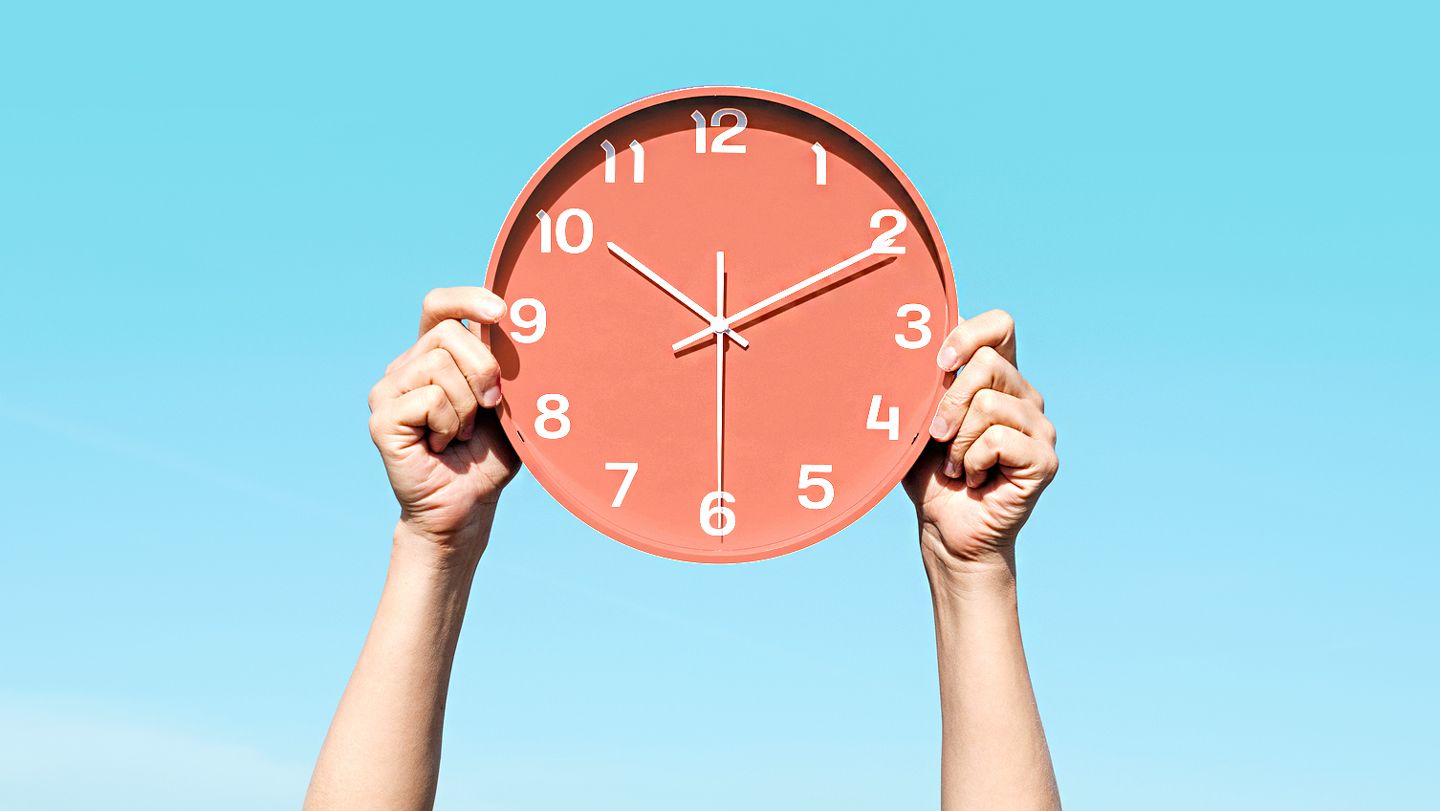
Tips for Surviving Daylight Savings Time Change
WRITTEN BY SHALINI RANA AND DR. SWATHI
A healthy circadian rhythm is necessary for our body to function properly. Circadian rhythms are our “internal clocks” that help regulate our sleep, eating patterns, and body temperature [1]. With daylight savings time (DST) quickly approaching, however, it can be difficult to feel energized during the day because the change to DST creates a mismatch between our circadian rhythms and the outside environment. Although DST allows us to have longer days and enjoy the outdoors a bit more, the disruption to our sleep that comes with it can introduce things like fatigue and other health issues. To combat the feelings of tiredness that come with losing an hour of sleep and darker mornings, here are some tips to help you conquer your adjustment to daylight savings time.
- Gradually adjust your sleep schedule.
This is one of the best ways to prepare for the change to DST because you can make incremental adjustments to your sleep patterns. One way to approach this is to start going to bed 15 minutes earlier each night and waking up 15 minutes earlier each morning until you reach a one-hour change. This gradual change will minimize the impact that a large change in bedtime can have on your level of energy throughout the day. On top of going to sleep earlier, you may need to push forward some other daily tasks as well, like eating dinner. Eating too close to the time you fall asleep can cause your body to focus on digestion rather than getting rest [2].
- Stick to a consistent sleep schedule, even after changing to DST.
This means following the same wake-up times and bedtimes on both weekdays and weekends. This method can help promote better quality sleep which in turn can give you more energy during the day. In addition, it helps regulate your circadian rhythm so your mind is focused on sleeping at night and being productive when the sun’s out. Finally, keeping a consistent sleep schedule can help mitigate the risk for developing sleep disorders like insomnia.
- Create a relaxing bedtime routine.
Having a good bedtime routine can signal to your body that it’s time for the mind to relax. This can help ease stress and make it easier to fall asleep. In order to introduce relaxation into the hour or two before you want to fall asleep, try taking a warm bath, reading a book, or listening to calming music. Also, try to eliminate blue light, which promotes wakefulness, by shutting off your devices at least 30 minutes before bed, and close any curtains so that you can create a dark environment that promotes sleep. If you want to make your bed cozier, try purchasing a heated blanket or a weighted blanket. All of these things can help calm anxiety and racing thoughts and help you fall asleep faster [3].
- Limit caffeine and alcohol intake.
Drinking caffeine late at night can block the signals that tell our brain that it’s time for sleep. Additionally, alcohol may help us fall asleep faster initially, but it can disrupt our sleep cycle and wake us up during the night by suppressing REM sleep, promoting sleep apnea, and causing dehydration [4]. So, while DST is approaching, try to forgo that post-dinner espresso or glass of wine until your sleep patterns have adjusted to normal.
- Get plenty of sunlight exposure during the day.
Natural sunlight is very important for our circadian rhythms. Getting sunlight in the morning signals to our body that it’s time to be awake. Studies have shown that office workers who get higher levels of sunlight during the winter report better sleep quality and fewer instances of low mood compared to office workers who get lower levels of sunlight. In addition, it has been shown that each additional hour you spend outdoors, the less frequently you feel tired throughout the day. Therefore, sunlight can help combat the grogginess and irritability many people typically feel when switching to DST [5].
The bottom line
In conclusion, falling asleep is hard enough as it is. But switching to daylight savings time can make that task even more difficult for people all across the world. Instead of letting the switch to DST throw our routines off track, prioritizing healthy circadian rhythms can help us prepare ahead of time. By eliminating disruptors of sleep at night, like eating dinner too late, drinking alcohol or caffeine, or having too much light in our bedrooms, we can allow our bodies to feel prepared for bed. And, by getting more natural sunlight during the day and sticking to a consistent sleep schedule, our bodies can feel more awake during the day. A healthy circadian rhythm that gets good environmental cues in the mornings and nights can help us feel good and ready to take on whatever the day brings us.
References
- Circadian Rhythms. Int. J. Medical Sci. https://nigms.nih.gov/education/fact-sheets/Pages/circadian-rhythms.aspx. Accessed Jan 2023.
- Blackwell C. How to Survive Daylight Saving Time. NYTimes. March 9, 2022. Accessed Jan 2023. https://www.nytimes.com/wirecutter/blog/how-to-survive-daylight-saving-time/
- Pacheco D. Bedtime Routines for Adults. Sleep Foundation. Updated Feb 23, 2023. Accessed Feb 2023. https://www.sleepfoundation.org/sleep-hygiene/bedtime-routine-for-adults
- Alcohol and sleep. drinkaware.co.uk. Reviewed November 1, 2022. Accessed Jan 2023.
- Bedosky L. What Sleep Docs Want You to Know About Turning the Clocks Back and Shorter Winter Days. Everydayhealth.com. October 20, 2022. Accessed Jan 2023.
–
This article was edited by Dr. Swathi and was written by Element Apothec Scientific Communications Intern, Shalini Rana. She is a Doctor of Pharmacy (PharmD) candidate at Rutgers University Ernest Mario School of Pharmacy in Piscataway, New Jersey.











